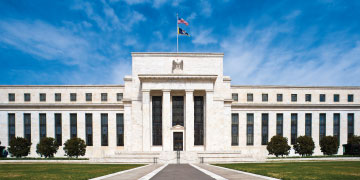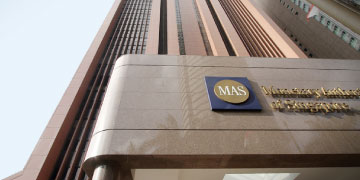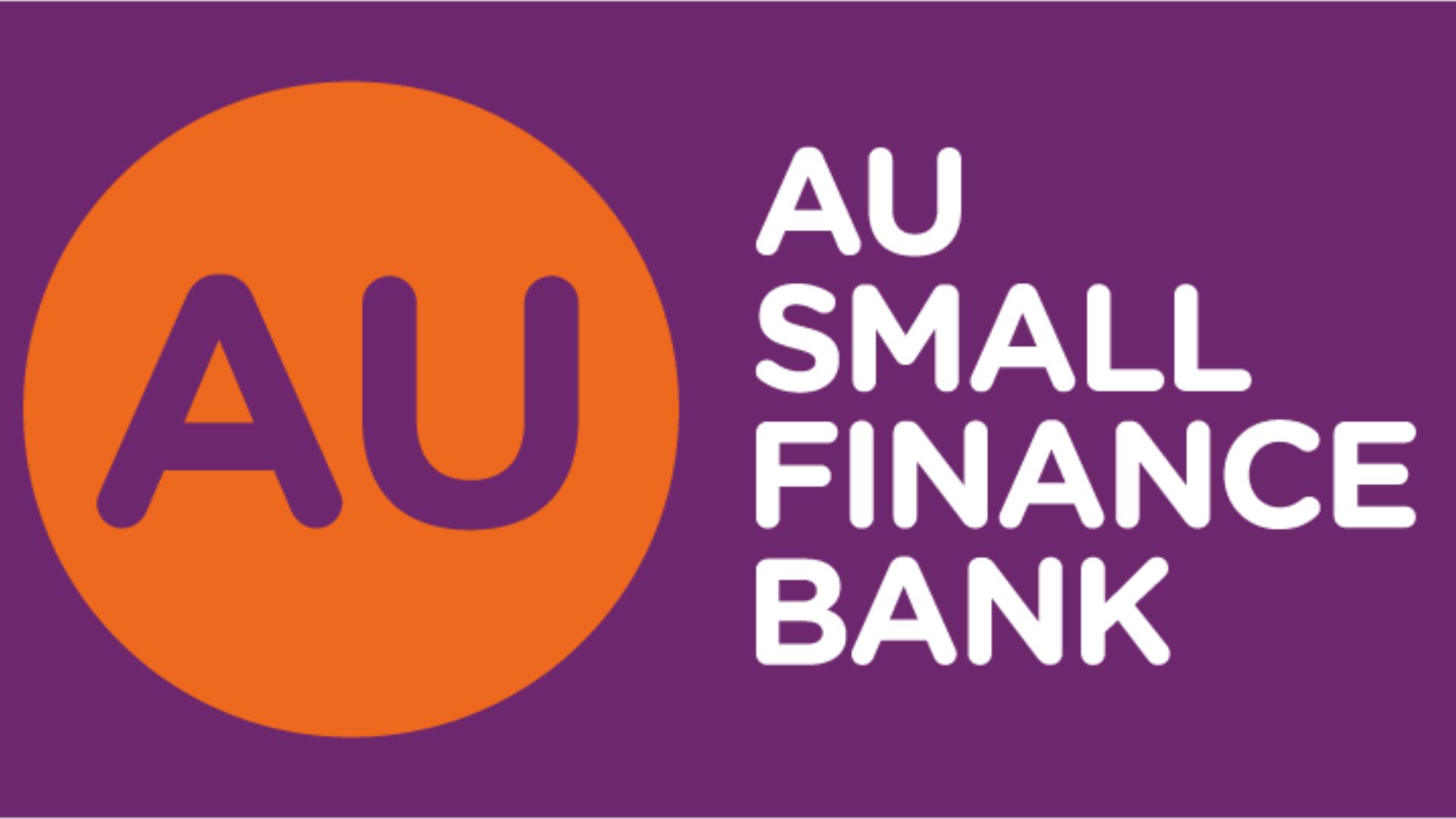
The Federal Reserve Board has released the hypothetical scenarios for its annual stress test, which helps ensure that large banks are able to lend to households and businesses even in a severe recession. This year, 23 banks will be tested against a severe global recession with heightened stress in both commercial and residential real estate markets, as well as in corporate debt markets.
The Board’s stress test evaluates the resilience of large banks by estimating losses, net revenue, and capital levels—which provide a cushion against losses—under hypothetical recession scenarios that extend two years into the future. The scenarios are not forecasts and should not be interpreted as predictions of future economic conditions.
In the 2023 stress test scenario, the US unemployment rate rises nearly 6-1/2 percentage points, to a peak of 10%. The increase in the unemployment rate is accompanied by severe market volatility, a significant widening of corporate bond spreads, and a collapse in asset prices.
In addition to the hypothetical scenario, banks with large trading operations will be tested against a global market shock component that primarily stresses their trading positions. The global market shock component is a set of hypothetical shocks to a large set of risk factors reflecting market distress and heightened uncertainty.
For the first time, this year’s stress test will feature an additional exploratory market shock to the trading books of the largest and most complex banks, with firm-specific results released. This exploratory market shock will not contribute to the capital requirements set by this year’s stress test and will be used to expand the Board’s understanding of the largest banks’ resilience by considering more than a single hypothetical stress event. The Board also will use the results of the exploratory market shock to assess the potential of multiple scenarios to capture a wider array of risks in future stress test exercises.




